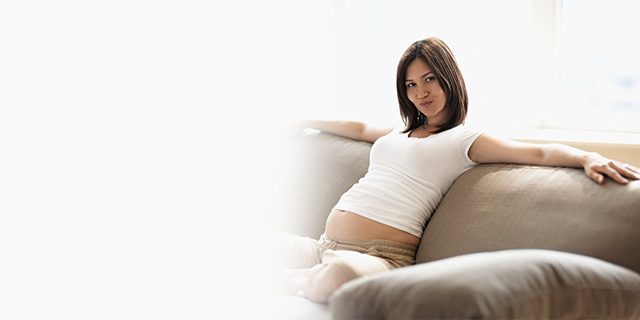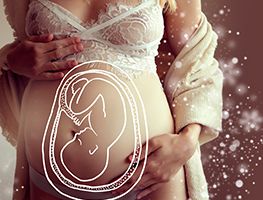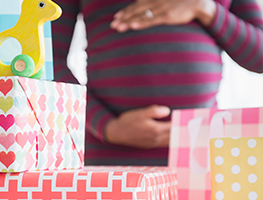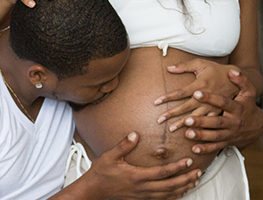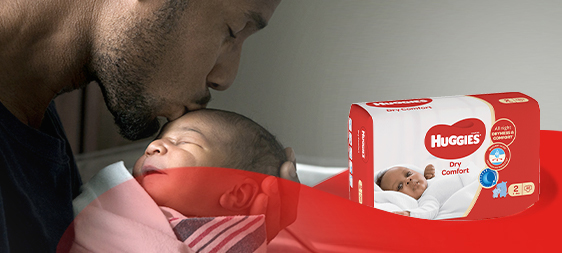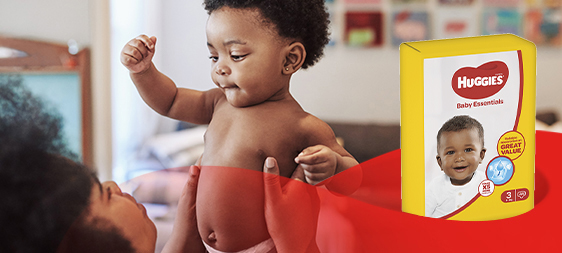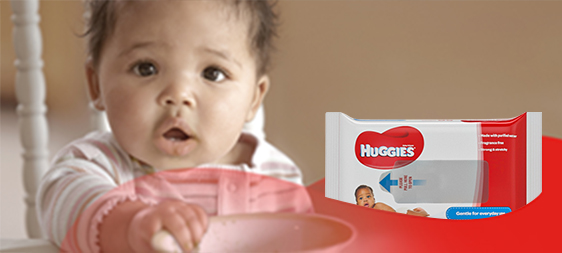Lifestyle while pregnant
It won’t be news to you that you’re going to need to make some lifestyle changes now that you’re pregnant. Some may be tough, just remember that it is all for a very good reason.
From your clothing, to your conversations, your exercise regime and even your vices – all these changes may sometimes make you feel like a different person altogether.
Some areas of your lifestyle could change more than others. However, being pregnant doesn’t mean you have to sit at home all day and wear tent dresses. It’s perfectly safe to still get out and explore the world around you – in fact, you’re encouraged to.
With a few wardrobe tips, some handy fashion equipment and some helpful travel guidelines, you’ll be able to glide through your pregnancy pretty smoothly.
Maternity clothes
By the second trimester, you may start to feel you need maternity clothes as your clothes become tighter. And with so many maternity options, you can look and feel good at every stage.
Choosing maternity clothes and other lifestyle products can be an overwhelming task. Finding pieces that are comfortable, keep you looking your best, and don’t cost you the earth won’t always be easy. This may be especially true if this is your first pregnancy.
Some women find they prefer not to buy maternity clothes. They just buy pants and skirts with an elasticised waist and tops and other clothing in a bigger size. It’s up to you.
We have put together a simple maternity wear guide that covers the five most important maternity wear items and explain how each one can benefit you during pregnancy.
Learn about maternity:
Belly bands
Bras
Evening wear
Jeans
Swimwear
Travel during pregnancy
From driving your car down the street, to travelling on a plane overseas – there are some hazards that you need to be aware of while you are pregnant.
We have compiled a list of handy tips for some of the most common aspects of travel during pregnancy, including:
Travel insurance
Travel immunisation
Air travel
Avoiding blood clots
Travel by boat
Travel by car
Travel on public transport
Travelling while pregnant can be risky, especially travelling overseas. But it’s understandable that you’d want to make the most of any free time you have before your little one arrives.
Consider taking a special holiday with your partner before you give birth – commonly labelled as a “babymoon” – to cherish your time together before two becomes three or more!
Remember, some countries pose more risks than others, and tropical areas in developing countries are best avoided. But flying any distance could also put you and you baby at risk and is best avoided after 35 weeks. Research before you book anything. Some airlines won't fly you beyond a certain time, and some travel insurers won't cover you beyond 24 weeks. Some countries require vaccinations, so do your research before you embark on a trip overseas and speak with your maternity care provider for guidance.
Where possible, plan your travel arrangements to allow for frequent breaks. Being able to move around, stretch and easily access a toilet will make the world of difference to your comfort and health.
Sitting still for hours on end will not only be uncomfortable but won’t be good for your own or your baby’s health. At a minimum, remember to get up and walk around every couple of hours while you are pregnant.
As well as movement, staying hydrated is important, especially when travelling. The risk of blood clots increases with dehydration.
Try not to worry too much about the world around you. There’s no need to live in fear or in a bubble. But being aware, mindful and alert will help you to avoid complications. And to enjoy your pregnancy as much as possible.
Check with your maternity care provider to see there is no reason why you can’t travel. Generally, travel in the first and second trimester of pregnancy is safer than in the third.

